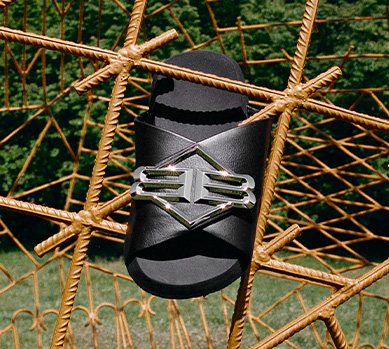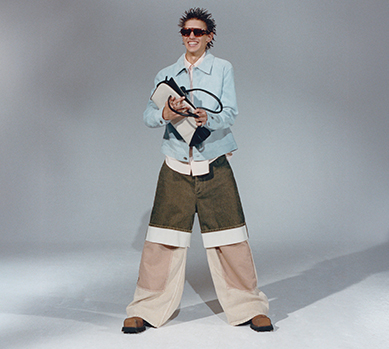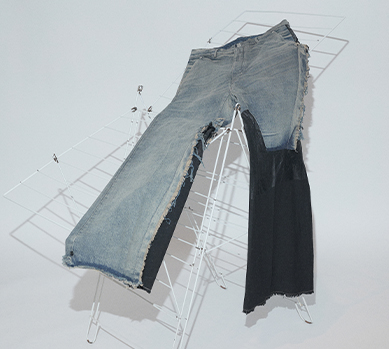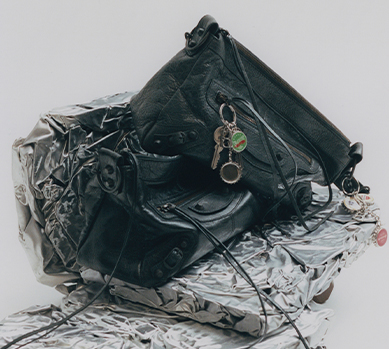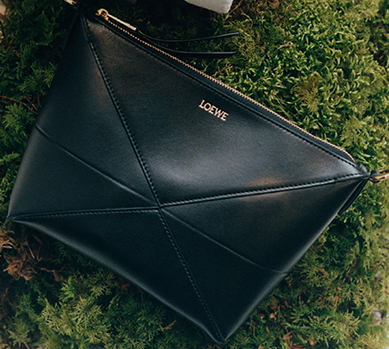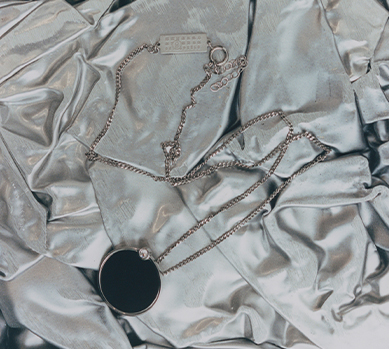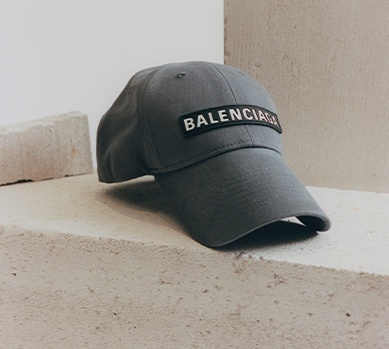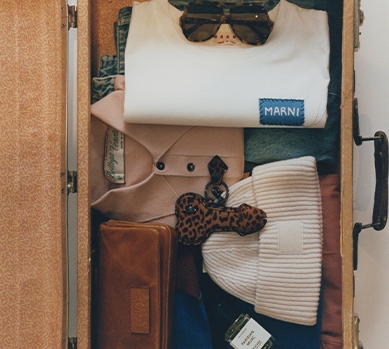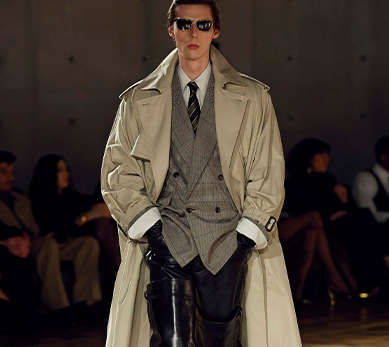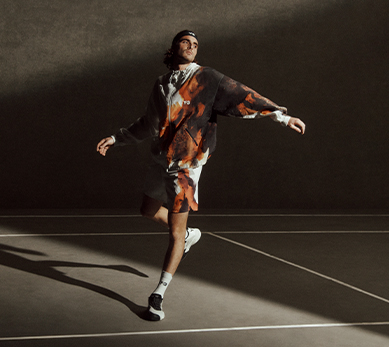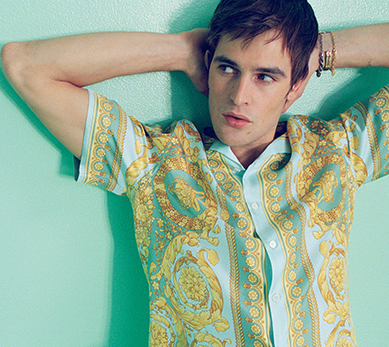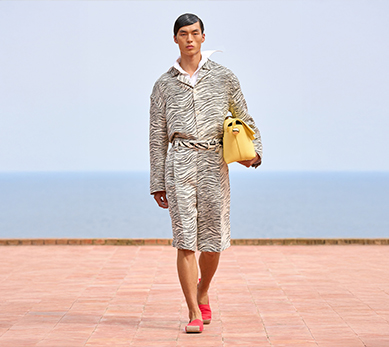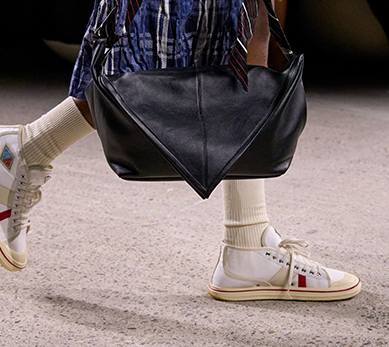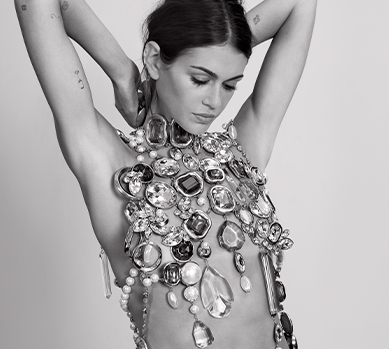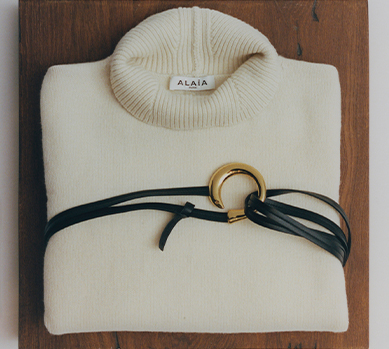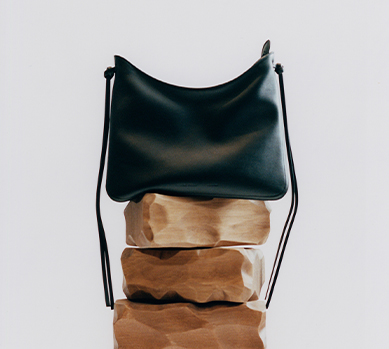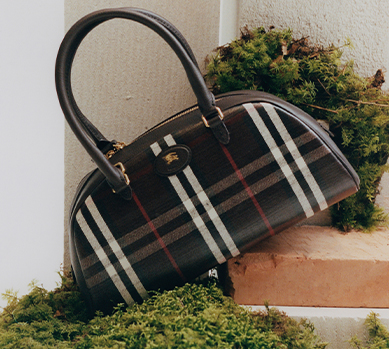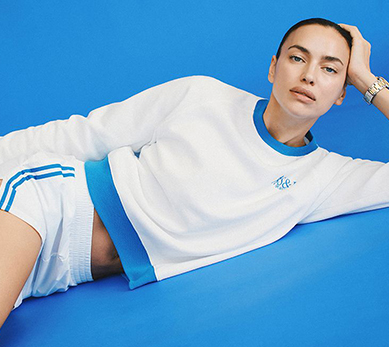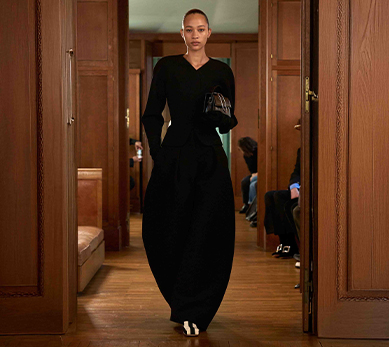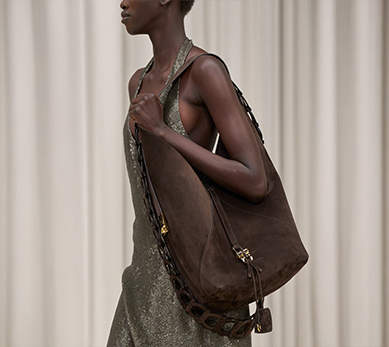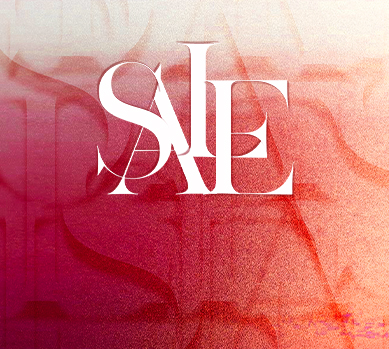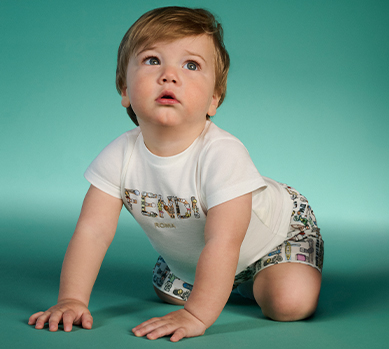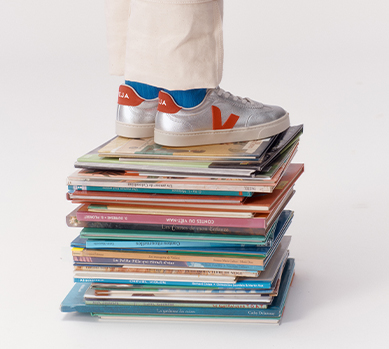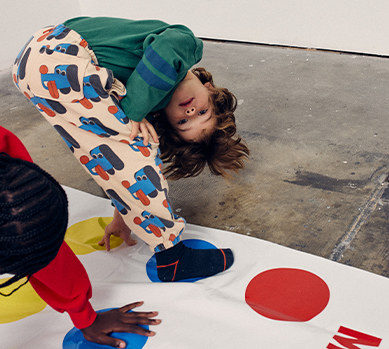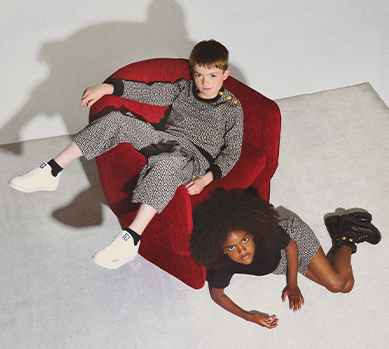French fashion brands: an anatomy of luxury and timeless style
Fashion

Explore how French fashion houses, from haute couture to new innovators, shape global dominance.
The myth of French chic—that elusive je ne sais quoi—has fascinated and inspired the world for decades. This impression of nonchalance, of elegance achieved without visible effort, is deeply rooted in the culture and aesthetics of France. Yet, behind this apparent simplicity lies a powerful industry built on pillars of history, unparalleled craftsmanship, and a philosophy that treats fashion not as a fleeting whim but as a form of applied art. French fashion brands are far more than just clothing manufacturers; they are custodians of heritage and global arbiters of style, and their influence extends far beyond the runways.
Analyzing this phenomenon requires looking deeper than the stereotypical image of a Parisian in a trench coat and beret. It is a journey through a complex ecosystem where historic haute couture houses coexist with the dynamic world of prêt-à-porter, and where established market giants must make way for a new wave of innovative designers. Contemporary style icons like Jeanne Damas and Caroline de Maigret show that French chic is alive and evolving. This article delves into the landscape of French premium brands, deconstructing the foundations of their global dominance and examining the source of their enduring magic.
The foundations of French fashion: from haute couture to prêt-à-porter
To fully grasp the DNA of French clothing brands, one must first distinguish between two fundamental concepts that form the axis of the entire industry: haute couture and prêt-à-porter. Although often used interchangeably in common parlance, they represent two different worlds, both in philosophy and business model.
Haute couture, or "high dressmaking," is the absolute pinnacle of craftsmanship, a true fashion laboratory. The status of an haute couture house is legally protected and granted by the Fédération de la Haute Couture et de la Mode based on rigorous criteria. Each creation is hand-sewn, made-to-measure, and can take hundreds of hours to complete. However, its true function in today's world is largely marketing. Spectacular shows and unique creations build the brand's prestige and aspirational image, which in turn drives sales of far more profitable products: perfumes, cosmetics, eyewear, and, above all, handbags.
On the other side is prêt-à-porter, or "ready-to-wear." Its birth in the mid-20th century, thanks to visionaries like Yves Saint Laurent, was a revolution that democratized luxury. Prêt-à-porter collections are produced in series in standard sizes, allowing them to reach a much wider audience. It is in this segment that nearly all well-known French brands operate today.
These two worlds form a symbiotic relationship. Haute couture is the engine of image and innovation, while prêt-à-porter generates real profits. Bold concepts from the high-fashion runways slowly trickle down into ready-to-wear collections, shaping trends for the coming seasons.
Giants in the shadows: who really rules French fashion?
The contemporary power of French fashion brands is consolidated in the hands of a few key players. Behind the scenes of Parisian shows and luxury boutiques stand two formidable conglomerates whose rivalry drives the entire market: LVMH (Moët Hennessy Louis Vuitton) and Kering. Understanding their structure is key to comprehending the industry's dynamics.
LVMH, managed by Bernard Arnault, is the world's largest luxury goods group, with a portfolio that includes icons such as Louis Vuitton, Christian Dior, Celine, Givenchy, and Loewe. Kering, where François-Henri Pinault is the key figure, controls fashion houses like Saint Laurent, Gucci, Balenciaga, and Bottega Veneta. These two holdings not only compete for the best designers and prime retail locations but also strategically manage the heritage of their brands, ensuring their long-term growth.
Central to their business model are accessories, especially maroquinerie—leather goods. The phenomenon of French brands is largely the phenomenon of handbags. Models like the Hermès Birkin and Kelly, the Chanel 2.55, and the Lady Dior are not just products; they are status symbols and investment pieces whose value often increases over time. They are the main source of revenue, allowing the financing of less profitable but image-critical clothing lines.
The new luxury: French style within reach
Between haute couture and the global strategies of LVMH and Kering, there exists a crucial and immensely popular segment that defines the real-world style of contemporary French women. These are the brands in the "accessible luxury" or "contemporary" category, which offer high quality and Parisian design at a more attainable price point.
They fill a significant gap in the market, and to overlook them in an analysis of French fashion would be a serious omission. Brands like Sézane, Maje, Sandro, ba&sh, A.P.C., The Kooples, and Zadig & Voltaire have achieved global success by perfectly meeting the needs of women seeking effortless everyday elegance. Their collections are based on excellent cuts, quality materials, and that characteristic nonchalance that is the quintessence of Parisian style.
A special case is the phenomenon of Sézane—a brand born online that has built a powerful, loyal community without a traditional network of boutiques. Its success proves that French chic can adapt perfectly to new digital realities without losing any of its authenticity. In menswear, a similar role is played by brands like A.P.C. and Officine Générale, offering perfectly tailored, understated classics.
Parisian chic in practice: how to build a timeless wardrobe
French style is, above all, a philosophy—an approach to dressing based on investing in quality, not quantity. It's the art of building a cohesive capsule wardrobe where every piece works perfectly with the others. Instead of blindly following seasonal trends, Parisians focus on timeless foundations that reflect their personality. Here are the key elements of such a wardrobe:
- A well-cut trench coat: Beige or navy, perfect for any weather and occasion.
- A white shirt: Slightly oversized, made of high-quality cotton or silk.
- A blazer: Black, navy, or in a subtle check, with a slightly masculine cut.
- Perfectly fitting With a straight leg, without rips or unnecessary embellishments.
- La petite robe noire: The little black dress, simple and versatile.
- A cashmere sweater: In a neutral color (gray, beige, navy)—the epitome of understated luxury.
- Comfortable and elegant shoes: Leather ballet flats, loafers, or ankle boots with a low, stable heel.
- A silk scarf (carré): Worn around the neck, tied to a handbag, or in the hair to add color and individual character.
- A high-quality leather handbag: Simple, without ostentatious logos, that ages beautifully.
Building a wardrobe around these items allows for the creation of countless outfits that always look thoughtful but never overdone.
The new wave: avant-garde and regional inspirations
The Parisian fashion scene is not just about established maisons and contemporary brands. A vibrant ecosystem of younger, often independent designers is developing in parallel, bringing fresh energy to the industry. Their strength lies in their unique ability to combine tradition with modern design.
Designers like Simon Porte Jacquemus and Marine Serre approach French heritage with respect but filter it through their own contemporary sensibility. Jacquemus proves that French style is not just Paris—his designs, saturated with the sun of Provence, celebrate the sensuality and joie de vivre of the French Riviera. Marine Serre, on the other hand, focuses on radical upcycling and futuristic visions, responding to the need for sustainable fashion. In menswear, Alexandre Mattiussi of AMI comes to the fore, offering an effortless, realistic elegance that has gained a cult following, as does the aesthetic of Hedi Slimane, who redefined the male silhouette at Dior Homme and now Celine. We cannot forget classic elements like the Breton stripe (marinière), which, thanks to Coco Chanel, evolved from a fisherman's uniform into a global symbol of French ease.
The other side of the coin: challenges and evolution
To present a complete picture, it must be noted that French fashion, despite its power, faces serious challenges. There is growing pressure for sustainability and supply chain transparency. The industry has also faced criticism for a lack of inclusivity and diversity on the runways and in campaigns. Furthermore, increasing competition from Milan and the dynamic growth of Scandinavian brands compel French fashion houses to constantly adapt and innovate.
French clothing brands, from historical powerhouses to avant-garde newcomers, still understand perfectly that they are not just selling clothes. They are selling an idea of enduring beauty and style that stands the test of time. The global dominance of French fashion is no accident—it is the result of a unique combination of respect for the past, artisanal excellence, and a constant ability to redefine what it means to be elegant. The legacy of French fashion is not merely preserved in museums; it is actively being rewritten, season after season, by old and new generations of creators.
Key takeaways
- French fashion, epitomized by je ne sais quoi, combines apparent nonchalance with deep foundations of craftsmanship and history. Its industry is based on the symbiotic relationship between haute couture (image) and prêt-à-porter (profits).
- The French fashion market is dominated by the conglomerates LVMH and Kering, which strategically manage brand heritage. The key revenue drivers are accessories, especially luxury handbags, which finance the development of clothing lines.
- Alongside luxury houses, accessible luxury brands (e.g., Sézane, Sandro) define the everyday style of French women, offering quality and Parisian design. French chic also promotes a timeless capsule wardrobe based on investing in quality over quantity.
- Contemporary French fashion draws on the creativity of young designers who creatively blend heritage with modern ideas like sustainability. At the same time, the industry faces challenges related to inclusivity and growing international competition.

